The MESSENGER is no ordinary envoy. From changing its course throughout its mission to surpassing its “death” date, it has provided us with crucial and sensitive information. Let’s learn about the heroic tale of NASA’s Mercury MESSENGER.
The story begins on 3rd August 2004 when the MESSENGER was launched off into the mysterious abyss of space. The primary aim of the probe was to study the planet Mercury in depth. Having said that, it did not actually fall into the planet’s orbit after its launch. The spacecraft was first made to orbit the Earth before it was fired to a trajectory around the sun, where it stayed in its heliocentric orbit for more than 6 years! It then ultimately reached Mercury on March 11, 2011.

But why was such a detour required?
Well, studying the closest planet to the sun is not easy for the scientists back at home. Therefore, a great deal of mystery is associated with this planet. The first-ever spacecraft to fly by Mercury was Mariner 10 in 1973. And, this messenger brought the very first data linked with Mercury, however, it only captured 45% of its surface. The mission of Mariner 10 was to fly by the first two planets of the solar system, to provide information about their atmosphere and surface characteristics.
Hence, a second messenger was needed to conduct a deeper study of the planet. This required getting closer than a flyby, into orbit. This process is not as simple as it may sound, especially for a planet closest to the star constituting about 98% of the mass of our solar system! A reason why Mercury doesn’t have any natural satellites. Hence, the trick to park it into orbit resulted in a wide deviation.
Find satellites interesting? Check out: The Amazing Aryabhata: India’s 1st pioneer of space voyage
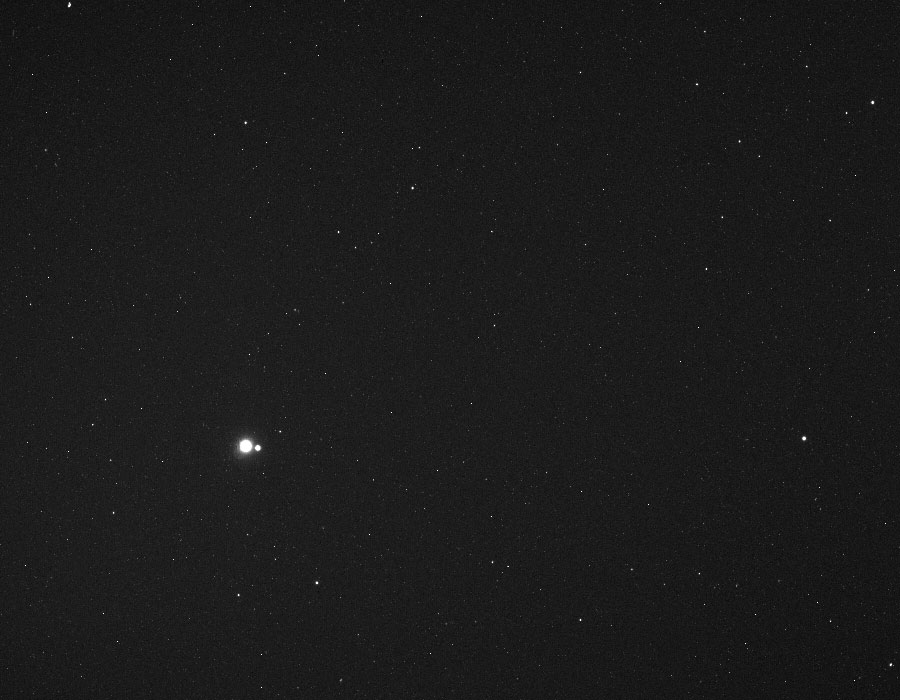
In order to reach a stable path around a planet, the speed reduction is a must. The spacecraft should be able to decelerate in time for the probe to be captured in the gravity of the planet. But this may not work when the intense gravitational pull of the sun is acting on the spacecraft, luring it into its high-pressure region. Due to this, the MESSENGER was first sent into a heliocentric orbit, where it experienced the flybys of Mercury, Venus, and Earth. These flybys significantly assisted in the reduction of the MESSENGER’s speed.
The gravity assist maneuvers helped it save propellant for its main mission. NASA shows that the Earth flyby allowed them to calibrate the spacecraft’s instruments. It also provided them with stunning images of the Moon and Earth. During this period, the spacecraft also endowed us with a mosaic of our solar system without Uranus and Neptune, on 18th February 2011.
This MESSENGER spacecraft has a meaning behind its name. It is a backronym from Mercury Surface, Space Environment, Geochemistry, and Ranging. This may also seem in relation to Roman Mythology since the Roman God Mercury was called the “Messenger” of all gods. It was termed so, because Mercury was the fastest, just as the planet, having the shortest orbital period around the sun, with high orbital speed.
MESSENGER finally entered a path around Mercury on 18th March 2011. However, it started accumulating data from the 4th of April that year. Initially, the period it took for one revolution was 12 hours. This orbit was highly elliptical. The primary mission was of a yearlong duration, however, it was extended later on. On March 12, 2012, MESSENGER completed a year around Mercury with a hundred thousand images of the planet. This successfully surpassed the expectations of only 1000 images by the spacecraft.
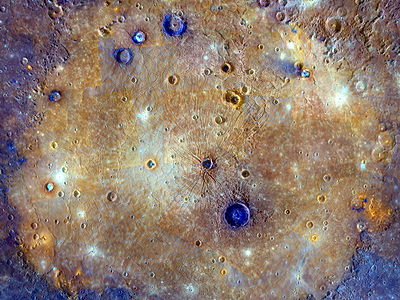
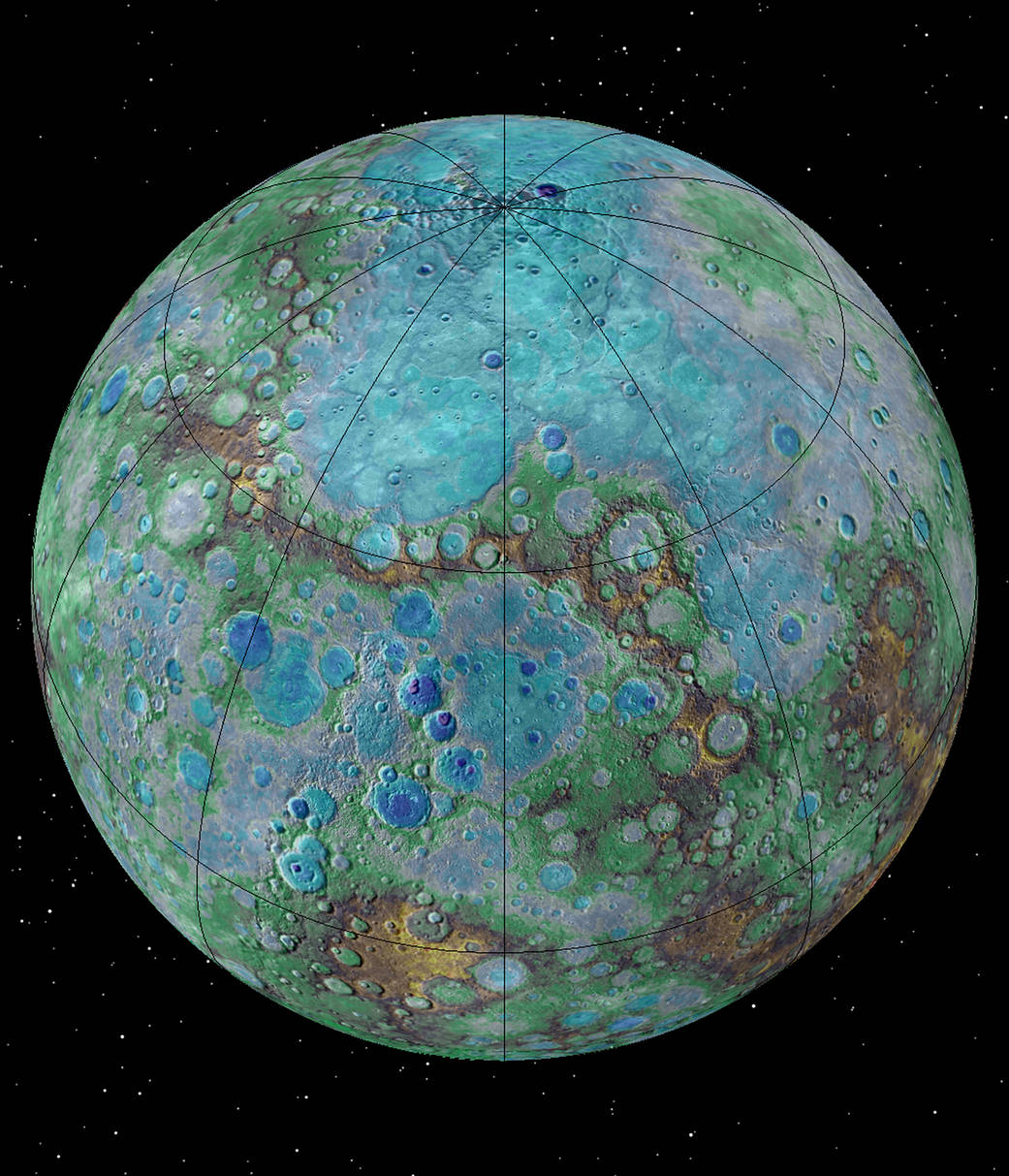
The orbital period was reduced to 8 hours with the help of 3 engine firings by 2012. This was when the imaging instrument of the MESSENGER had mapped the entire planet. This was the first time the high-resolution image of Mercury was released. The extended time period also brought remarkable discoveries. It was observed that the polar region on the planet bore water ice. This occurred due to the fact that it hadn’t ever experienced a ray of sunlight! More such information was provided by the MESSENGER, fulfilling its duty. It stayed in orbit for approximately 4 years, during which it captured photographs of two comets.
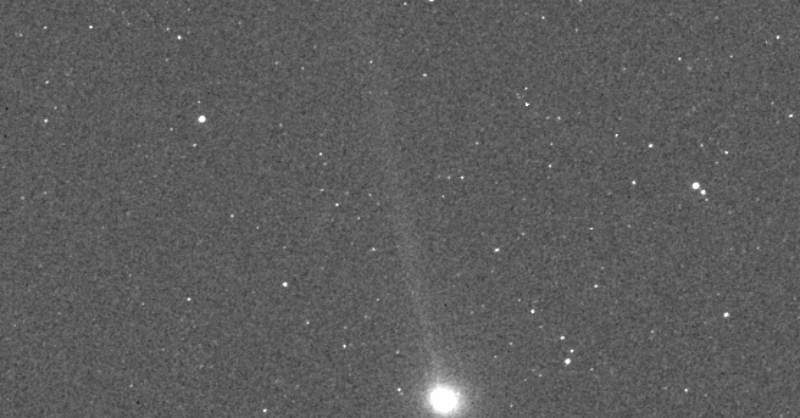
Two maneuvers were required for the spacecraft to stay aloft around the planet. However, by the end of 2014, MESSENGER’s orbit became shorter, confirming that it was running short of propellant. On January 21st, 2015, they raised the probe high enough to last till the end of April. Following the expectations, MESSENGER succumbed and impacted the surface of Mercury on 30th April 2015.
Enjoyed reading this article? Consider reading: Be it Halley’s comet or Covid-19 – Chaos is inevitable

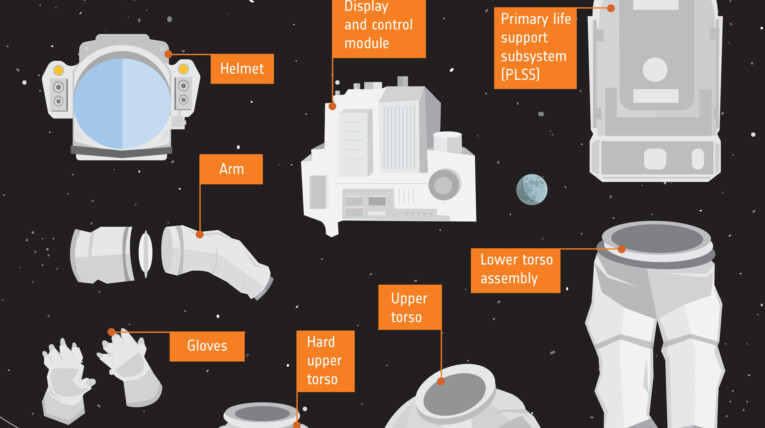
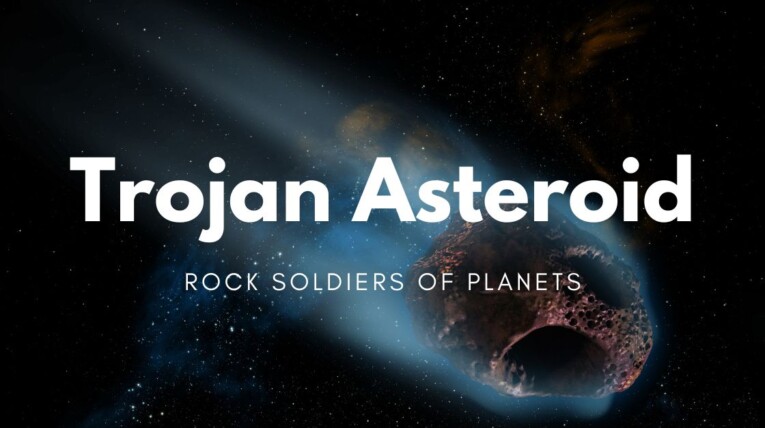
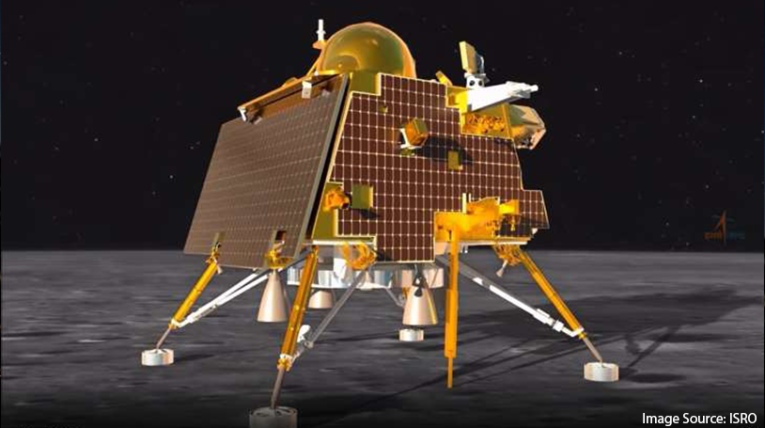
1 Comment
Tonisha
Since the admin of this web page is working, no uncertainty very quickly it will be renowned, due to its feature contents.|